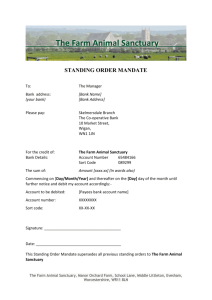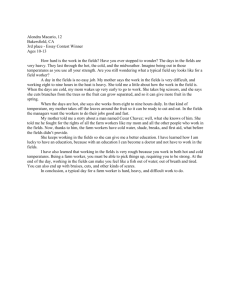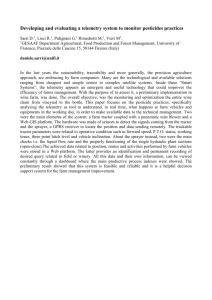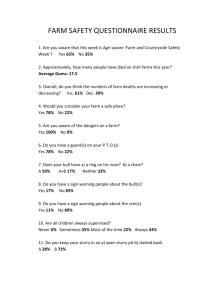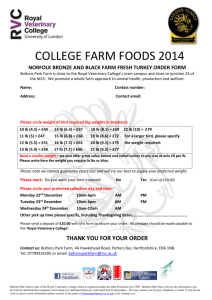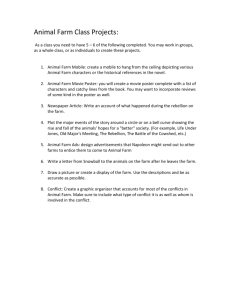Spill kit in a pail - Canadian Federation of Agriculture
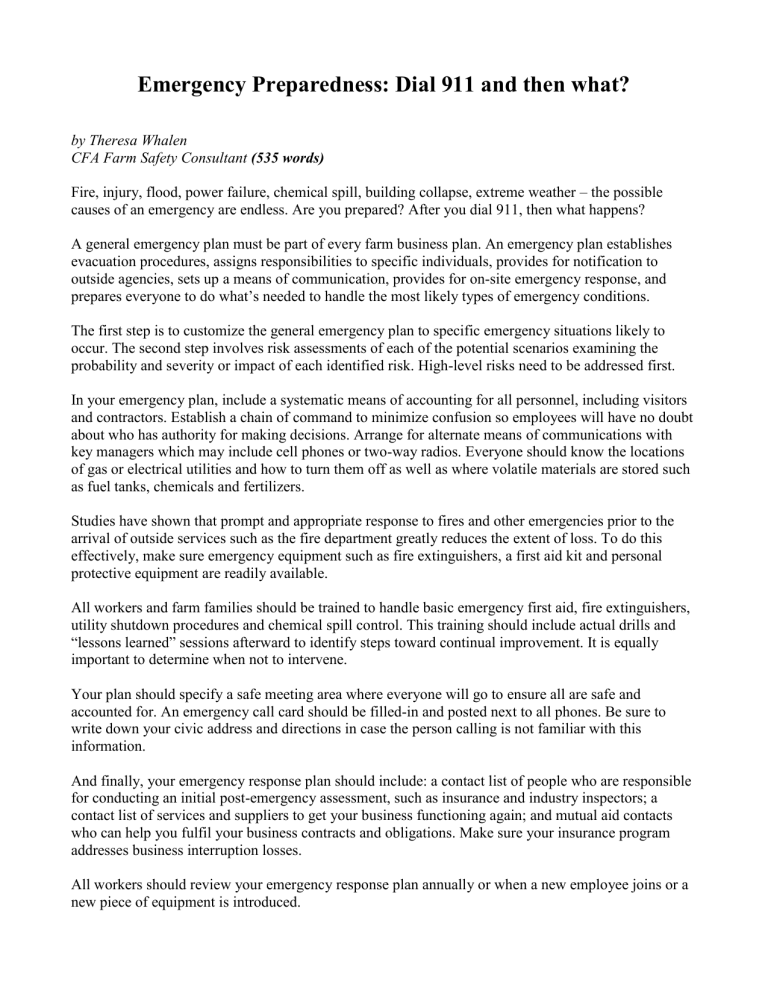
Emergency Preparedness: Dial 911 and then what?
by Theresa Whalen
CFA Farm Safety Consultant (535 words)
Fire, injury, flood, power failure, chemical spill, building collapse, extreme weather – the possible causes of an emergency are endless. Are you prepared? After you dial 911, then what happens?
A general emergency plan must be part of every farm business plan. An emergency plan establishes evacuation procedures, assigns responsibilities to specific individuals, provides for notification to outside agencies, sets up a means of communication, provides for on-site emergency response, and prepares everyone to do what’s needed to handle the most likely types of emergency conditions.
The first step is to customize the general emergency plan to specific emergency situations likely to occur. The second step involves risk assessments of each of the potential scenarios examining the probability and severity or impact of each identified risk. High-level risks need to be addressed first.
In your emergency plan, include a systematic means of accounting for all personnel, including visitors and contractors. Establish a chain of command to minimize confusion so employees will have no doubt about who has authority for making decisions. Arrange for alternate means of communications with key managers which may include cell phones or two-way radios. Everyone should know the locations of gas or electrical utilities and how to turn them off as well as where volatile materials are stored such as fuel tanks, chemicals and fertilizers.
Studies have shown that prompt and appropriate response to fires and other emergencies prior to the arrival of outside services such as the fire department greatly reduces the extent of loss. To do this effectively, make sure emergency equipment such as fire extinguishers, a first aid kit and personal protective equipment are readily available.
All workers and farm families should be trained to handle basic emergency first aid, fire extinguishers, utility shutdown procedures and chemical spill control. This training should include actual drills and
“lessons learned” sessions afterward to identify steps toward continual improvement. It is equally important to determine when not to intervene.
Your plan should specify a safe meeting area where everyone will go to ensure all are safe and accounted for. An emergency call card should be filled-in and posted next to all phones. Be sure to write down your civic address and directions in case the person calling is not familiar with this information.
And finally, your emergency response plan should include: a contact list of people who are responsible for conducting an initial post-emergency assessment, such as insurance and industry inspectors; a contact list of services and suppliers to get your business functioning again; and mutual aid contacts who can help you fulfil your business contracts and obligations. Make sure your insurance program addresses business interruption losses.
All workers should review your emergency response plan annually or when a new employee joins or a new piece of equipment is introduced.
These are just a few of the consideration for your Emergency Response Plan. More information on this and other farm safety topics is available at www.casa-acsa.ca
or www.cfa-fca.ca
.
“ PPE only works if you use it!” is this year’s Canadian agricultural safety campaign theme with a focus on the use, fit and access of personal protective equipment (PPE) in agriculture. The yearlong campaign was launched last March with Canadian Agricultural Safety Week.
- 30 -
For more information contact:
Theresa Whalen, CFA Farm Safety Consultant - T: (613) 822-0016 E: farmsafety@cfafca.ca
** Free photos and cartoons are available to accompany this article at www.casa-acsa.ca
MEASURING RISK
High
Severity
(Impact) Medium
Low
M
M
L
H
M
L
H
H
M
Low Moderate High
Probability




